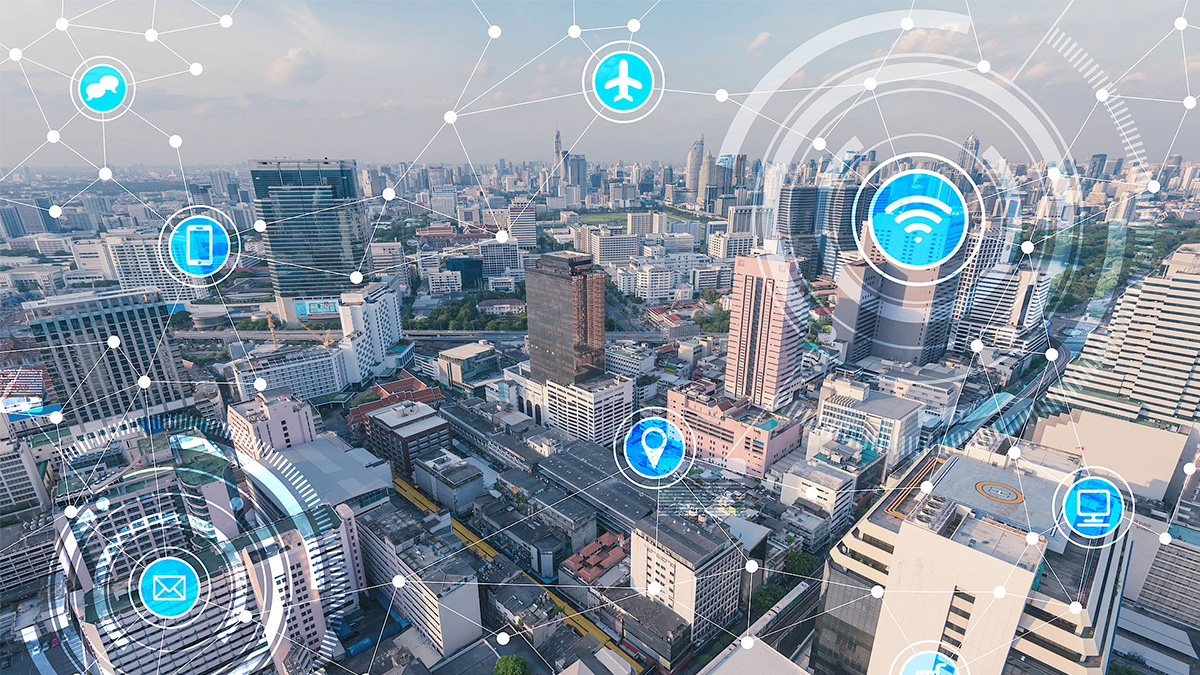This may seem like a simple question, but that confuses many people. It is also, one of the most popular issues discussed on Quora. So, we are going to delve into this question and see if we can shed some the light on the main differences between IT and Telecommunications.
Definition
Starting with the definition, IT “I”nformation “T”echnology is an acronym to name the procedure of the electronic control of information, programming/coding, PC system (hardware) operations, and other information administration. T also represents other forms of technology, including software Tech, web Tech, computer Tech, storage Tech, etc.
Telecommunications or media transmission refers to the transmission of signs, signals, messages, compositions, pictures and sounds or knowledge of any nature by wire, radio, optical or other electromagnetic mediums.
So, there is something in between to combine these two IT + Telecommunications = ICT)
ICT or Information and Communications Technology refers to how Information is transmitted through Telecommunication technologies including wireless access systems (for cell phone communication, satellite communication, etc.).
What Is Behind ICT?
It’s hard to imagine our modern world without telecommunication technologies. Sometimes, it’s simply impossible. These technologies are so much imprinted into our concept of the world and in our private lives that it is simply unrealistic to imagine our existence without them.
However, there are still many people who take these technologies for granted and do not recognize how important these modern technologies are. So, let’s try to figure out what’s behind telecommunications’ definition and why telecommunications are so much-needed in the modern world.
What is meant by the term telecommunications? Telecommunications can encompass a whole range of complex technical mediums that are used to transmit information. These can include both wired and wireless networks, optical fibers, and radio and other electromagnetic systems that can transmit signals, text, images and other information.
The network that combines the use of several technical means by which telecommunications is carried out is called a telecommunications network. The participants in a telecommunications network can obtain almost unlimited information, or acquire the data necessary to support their everyday activities.
So, as you see, everything is simple, but definitely means more!
What Is ICT?
ICT refers to Information and Communication Technology. So, it’s quite evident from its definition that ICT is something related to the sharing of information through technological means. Moreover, it’s also clear from the definition that ICT deals with communication aspects as well.
Information sharing and communication handling through technological mediums are basically the core features of ICT. ICT mediums can include includes cables, satellites, antennas, telephones, etc.
ICT versus IT
In general, IT refers to local information technologies, such as the worlds of private business servers and customized information infrastructures that keep corporations and governments operational on the tech side of things. In contrast, ICT's tech is more expansive, with a greater focus on outreach, community building and a desire to explore the ways in which telecommunications can enrich society.
There is a fine line determining the differences between IT and ICT, but the more telecom-leaning ICT will more and more become the new norm, or the new word for information technologies in general.
ICT versus Telecommunications
ICT deals with the technologies that facilitate information transmission and communication, while telecommunications deals with the transmission of signals containing information through different mediums. Telecommunications refers more to the hardware and infrastructure technology needed for ICT to operate and function.
So, what is the difference between ICT and telecommunications? Are they interlinked? Yes! We firmly believe that they have a strong correlation between them and technology is the source of support for both of these fields.







.png)






